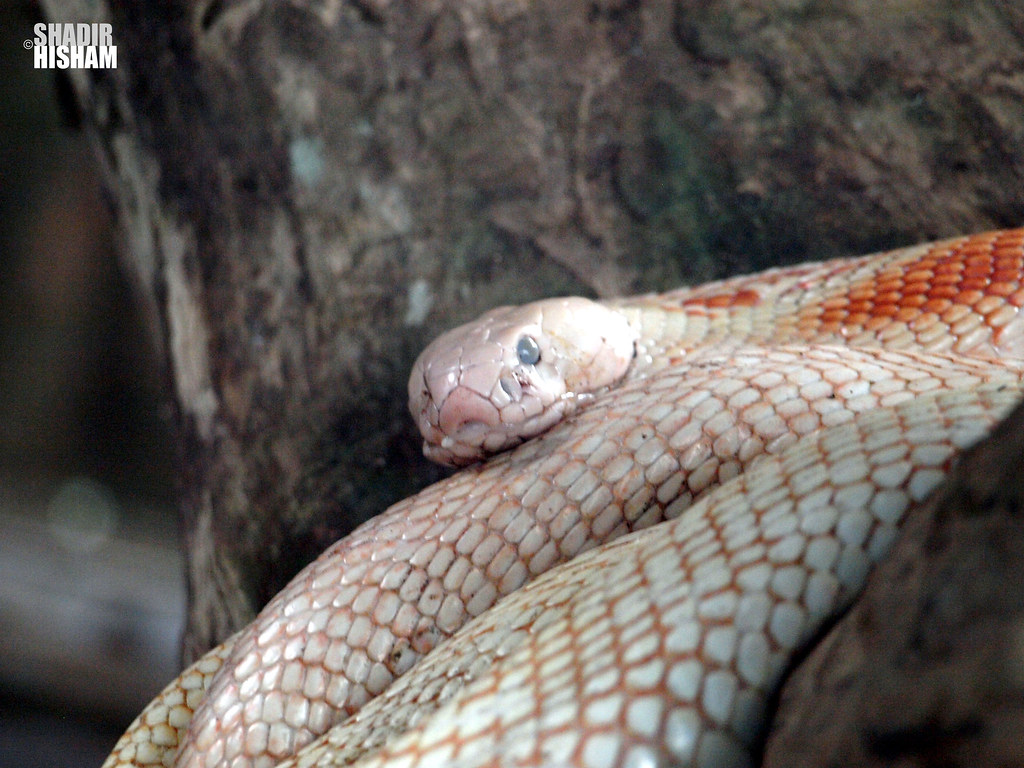In the diverse world of reptiles, non-venomous snakes have evolved fascinating survival strategies despite lacking the venomous advantage of their more feared cousins. Without venom to quickly subdue prey or deter predators, these remarkable creatures have developed alternative methods to thrive in various ecosystems around the globe. Their evolutionary journey has equipped them with an impressive arsenal of defensive and hunting tactics that showcase nature’s incredible adaptability. From physical adaptations to behavioral strategies, non-venomous snakes demonstrate that there’s more than one way to succeed in the wild. Let’s explore five ingenious survival techniques these serpents employ to navigate life’s challenges without the benefit of venomous fangs.
Mimicry: The Art of Deception

One of the most fascinating survival strategies employed by non-venomous snakes is mimicry, where they evolve to resemble more dangerous venomous species. The scarlet kingsnake presents a perfect example with its red, black, and yellow bands that closely mimic the deadly coral snake, causing potential predators to think twice before attacking. This form of Batesian mimicry, where a harmless species imitates a harmful one, provides significant survival advantages in environments where predators have learned to avoid certain color patterns. Some non-venomous snakes take mimicry further by adopting not just the appearance but also the behaviors of venomous species, such as flattening their heads to resemble the triangular shape typical of vipers. The effectiveness of this strategy is so remarkable that it has independently evolved multiple times across different snake families worldwide, demonstrating its value as a survival mechanism.
Bluffing and Theatrical Displays
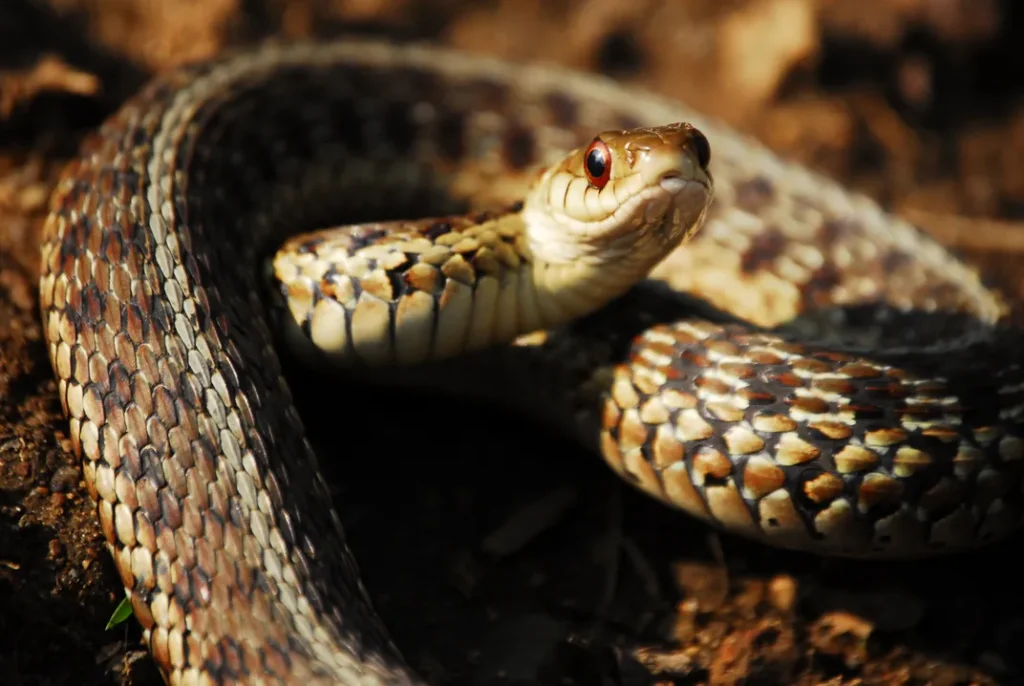
When confronted by potential threats, many non-venomous snakes put on elaborate defensive displays to appear more dangerous than they actually are. The hognose snake exemplifies this strategy with its dramatic performance: flattening its neck like a cobra, hissing loudly, and striking repeatedly with a closed mouth. If this initial display fails to deter a predator, the snake may escalate to playing dead, rolling onto its back with mouth agape and tongue hanging out, sometimes even releasing a foul-smelling musk to complete the illusion. The eastern ratsnake will vibrate its tail rapidly against dry leaves to mimic the warning rattle of a rattlesnake, creating an auditory deception that can save its life. These bluffing behaviors exploit predators’ innate caution around potentially dangerous prey, creating valuable moments for escape while requiring minimal physical exertion from the snake.
Constriction: The Powerful Embrace
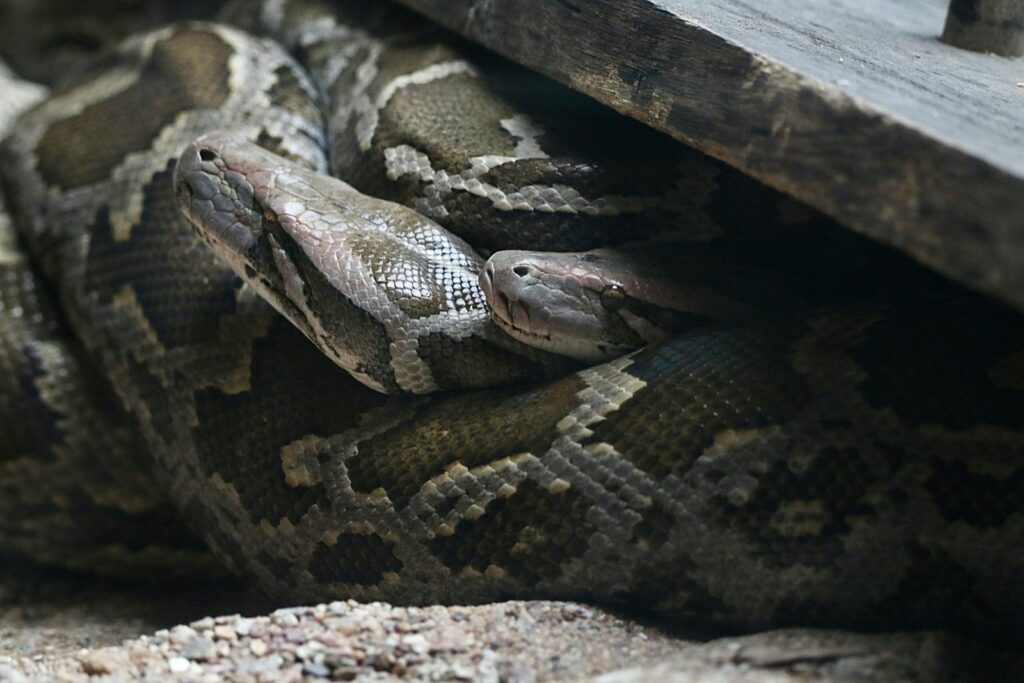
Without venom to subdue prey, many non-venomous snakes have perfected the art of constriction as their primary hunting method. Boas, pythons, and kingsnakes use their powerful muscular bodies to wrap around prey in a tight embrace that restricts blood flow, leading to rapid unconsciousness and death. Contrary to popular belief, constriction doesn’t typically kill by crushing or suffocating prey, but rather by cutting off blood circulation to vital organs, including the brain. This efficient hunting strategy allows snakes like the reticulated python to take down prey significantly larger than their own head size, sometimes exceeding their own body weight. The mechanics of constriction are remarkably sophisticated, with some species able to detect the heartbeat of their prey through their coils and respond by tightening precisely when the heart pumps, maximizing the efficiency of their effort while minimizing energy expenditure.
Specialized Escape Techniques
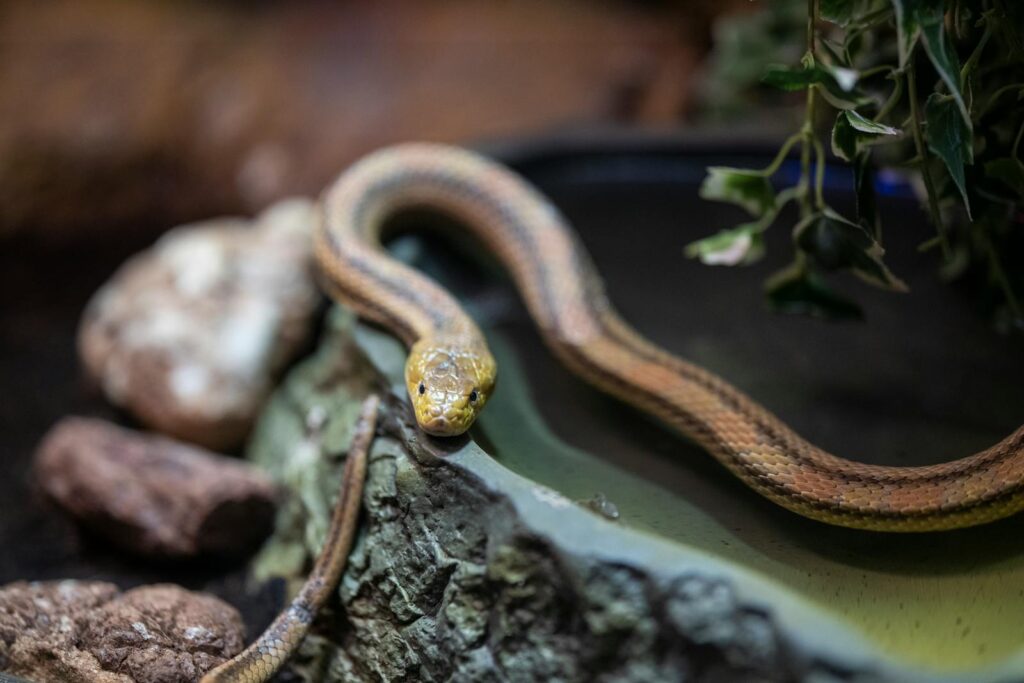
Non-venomous snakes have developed various escape strategies to avoid becoming prey themselves. The impressive speed of the black racer allows it to flee from danger at up to 8 miles per hour, outpacing many potential predators across open terrain. Aquatic species like water snakes can dive beneath the surface and remain submerged for extended periods, using specialized adaptations that allow them to slow their metabolism and reduce oxygen consumption. When cornered, some species like the eastern indigo snake will release foul-smelling musk from glands near their cloaca, creating an unpleasant experience for predators that encourages them to release the snake. The hognose snake takes evasion to another level by burrowing rapidly into loose soil, disappearing from sight within seconds when threatened, using its specialized upturned snout to efficiently move through substrate like a natural shovel.
Camouflage and Cryptic Coloration
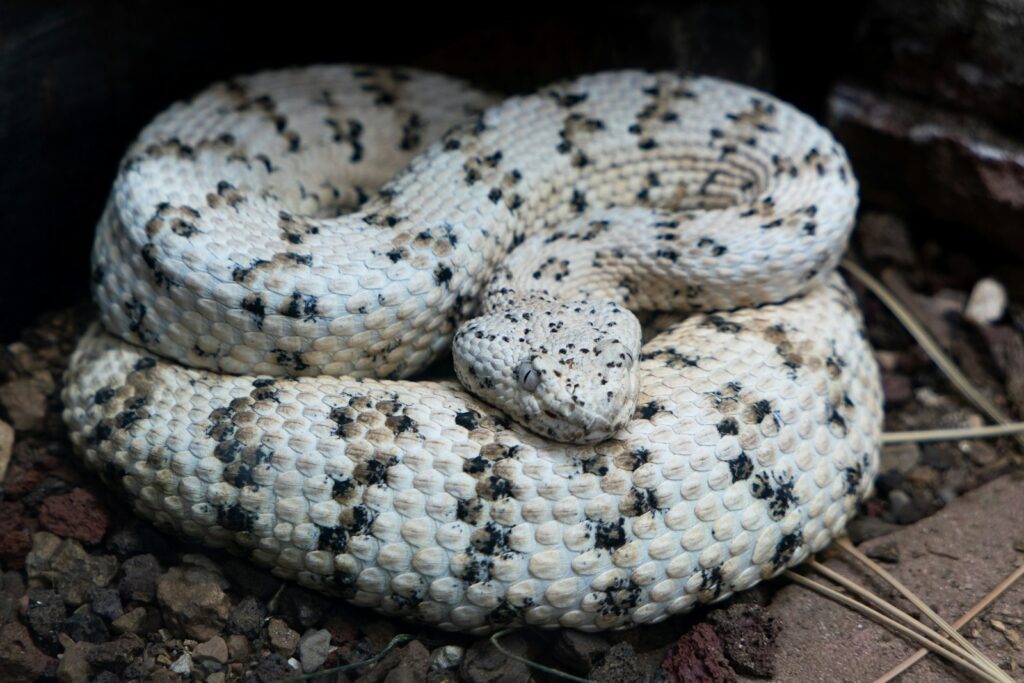
Many non-venomous snakes rely on exceptional camouflage to avoid detection by both predators and prey. The remarkable vine snake possesses an elongated, slender body with green coloration that allows it to blend seamlessly with foliage, often remaining motionless for hours while waiting to ambush prey. Desert-dwelling species like the Kenyan sand boa exhibit sandy coloration with irregular patterns that break up their outline against the desert floor, making them nearly invisible to passing rodents and birds. Some forest floor specialists, such as the copperhead racer, display leaf-like patterns in browns and russets that match the forest detritus perfectly, allowing them to disappear against the backdrop of fallen leaves. The effectiveness of this camouflage often depends on behavioral adaptations as well, with many snakes remaining perfectly still when potential threats approach, relying on their cryptic coloration rather than movement to avoid detection.
Specialized Hunting Techniques
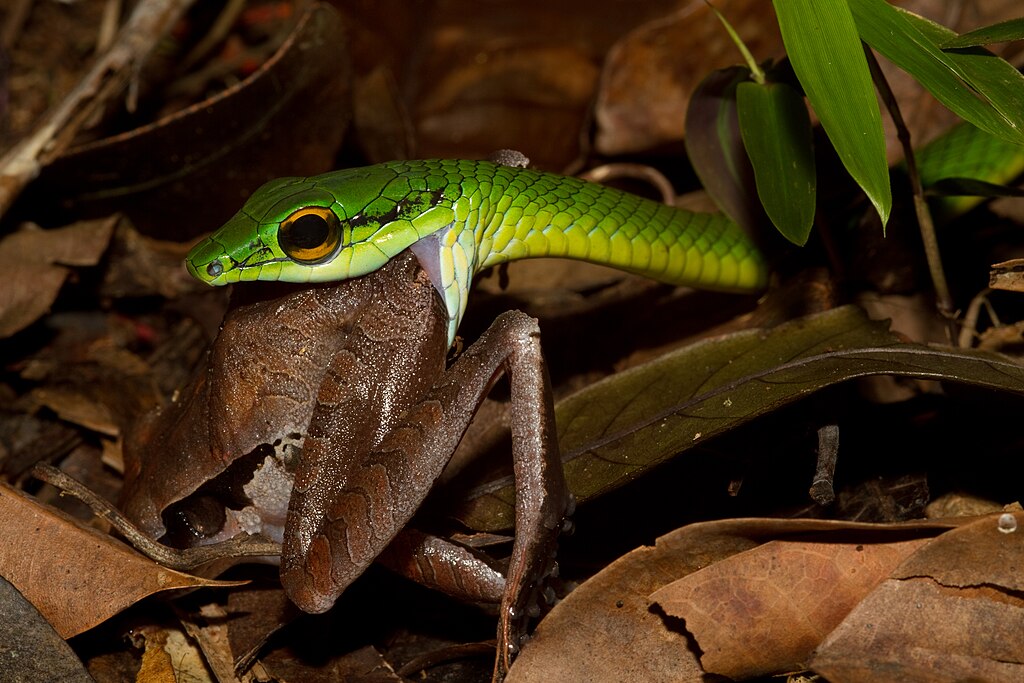
Beyond constriction, non-venomous snakes have evolved diverse hunting strategies to capture prey without the advantage of venom. The egg-eating snake has developed an extraordinary adaptation in its hinged jaw and specialized vertebral processes that allow it to consume eggs several times larger than its head, then crush the shell internally, drain the contents, and regurgitate the empty shell. Garter snakes employ a fascinating strategy for capturing slippery prey like fish and amphibians by using their body to corral and trap victims against obstacles before securing them with their mouth. The Eastern hognose snake has specialized enlarged rear teeth that help it extract and consume toads that would otherwise inflate themselves as a defense mechanism. Some aquatic hunters like the tentacled snake use their body as a lure, forming a J-shape and using slight movements of their tentacle-like appendages to attract curious fish within striking range.
Thermoregulation Strategies
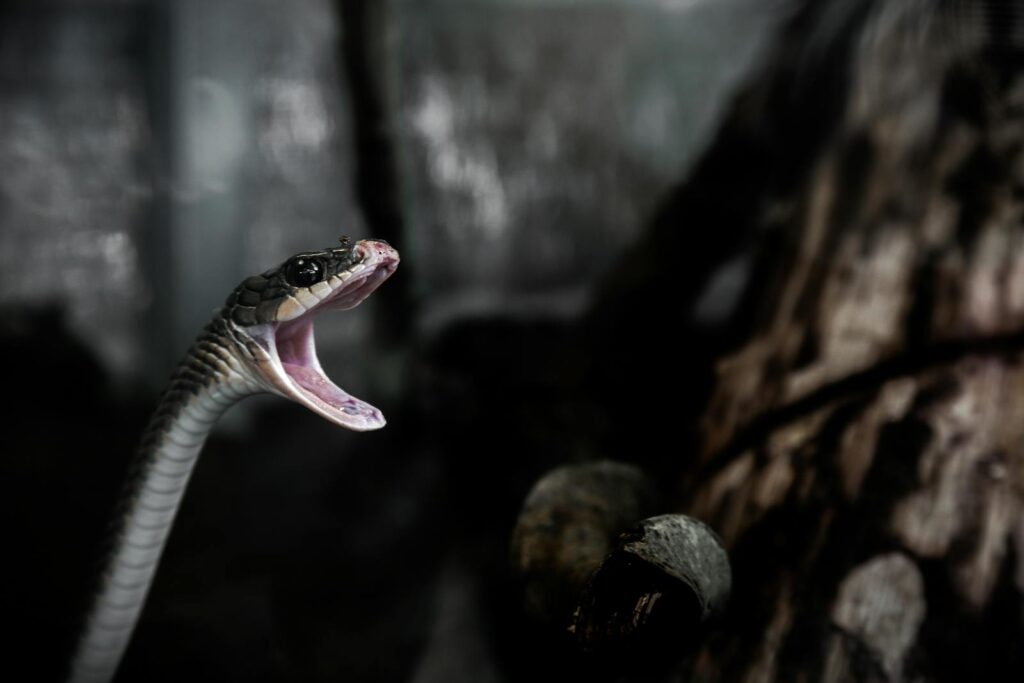
As ectotherms, non-venomous snakes have developed clever behavioral adaptations to regulate their body temperature. Desert-dwelling species like the sidewinder rattlesnake avoid overheating by being nocturnal and spending daylight hours in burrows where temperatures remain stable. During cooler months, many temperate species like rat snakes and garter snakes will congregate in communal hibernacula, sometimes with hundreds of individuals sharing the same den to maintain sufficient warmth through the winter. Some species actively thermoregulate throughout the day by shuttling between sun and shade to maintain optimal body temperature for digestion, reproduction, and activity. Aquatic species like water snakes have been observed basking with just their heads exposed at the water’s surface, allowing them to warm up while remaining mostly concealed from aerial predators.
Social Intelligence and Learning
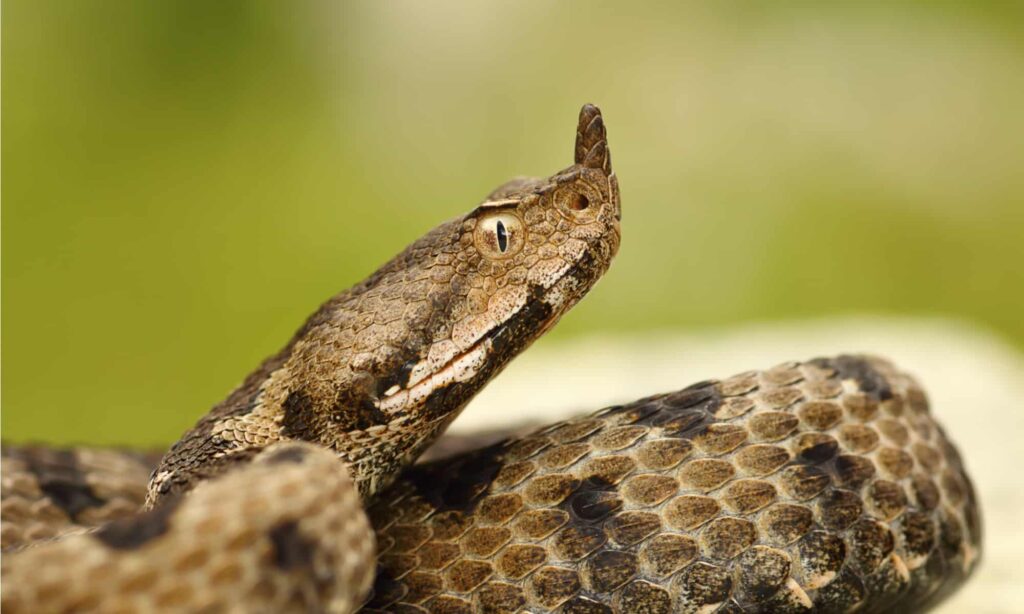
Contrary to their reputation as simple creatures, non-venomous snakes demonstrate surprising levels of learning ability and social intelligence. Research has shown that corn snakes can learn to navigate mazes and remember solutions to food-finding problems for months, demonstrating cognitive abilities beyond simple instinct. Garter snakes exhibit social learning, with inexperienced individuals following scent trails left by successful hunters to locate food sources they wouldn’t otherwise find. Many species can recognize their handlers in captivity, showing different behavioral responses to familiar versus unfamiliar humans, suggesting some form of individual recognition. This cognitive flexibility allows non-venomous snakes to adapt to changing environments and novel challenges, contributing significantly to their survival success across diverse habitats.
Reproductive Adaptations

Non-venomous snakes have evolved fascinating reproductive strategies to ensure the survival of their offspring. Some species like the African house snake can store sperm for years after mating, allowing females to produce multiple clutches without requiring additional mating opportunities. Certain rat snake species demonstrate maternal care by remaining with their eggs until hatching, protecting them from predators and maintaining optimal incubation conditions through subtle body movements. Many colubrid snakes employ communal nesting, with multiple females laying eggs in the same location, potentially creating a predator satiation effect that increases overall offspring survival rates. Some species like the common garter snake have evolved viviparity (live birth) rather than egg-laying, particularly in colder climates where ground temperatures might not be sufficient for egg development, demonstrating how reproductive strategies adapt to environmental conditions.
Water Conservation Mechanisms
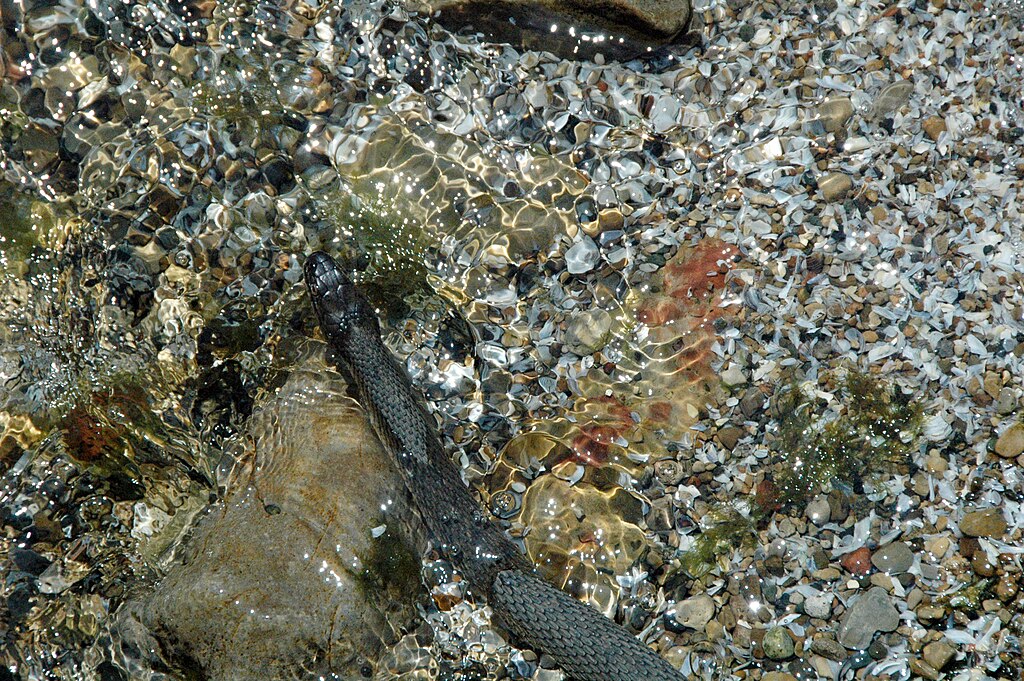
In arid environments, non-venomous snakes employ remarkable adaptations to conserve water. The sidewinder rattlesnake has specialized scales that help reduce water loss through the skin and can obtain much of its moisture directly from prey, sometimes surviving without drinking free water for extended periods. Desert kingsnakes have evolved efficient kidneys that produce highly concentrated urine, minimizing water excretion and maximizing water retention within their bodies. Many desert-dwelling species have modified their activity patterns to be primarily nocturnal, reducing water loss through evaporation during hot daylight hours. Some species have developed specialized behaviors like collecting dew on their scales in the early morning or positioning themselves to intercept rainfall, demonstrating behavioral adaptations to supplement physiological water conservation mechanisms.
Anatomical Specializations
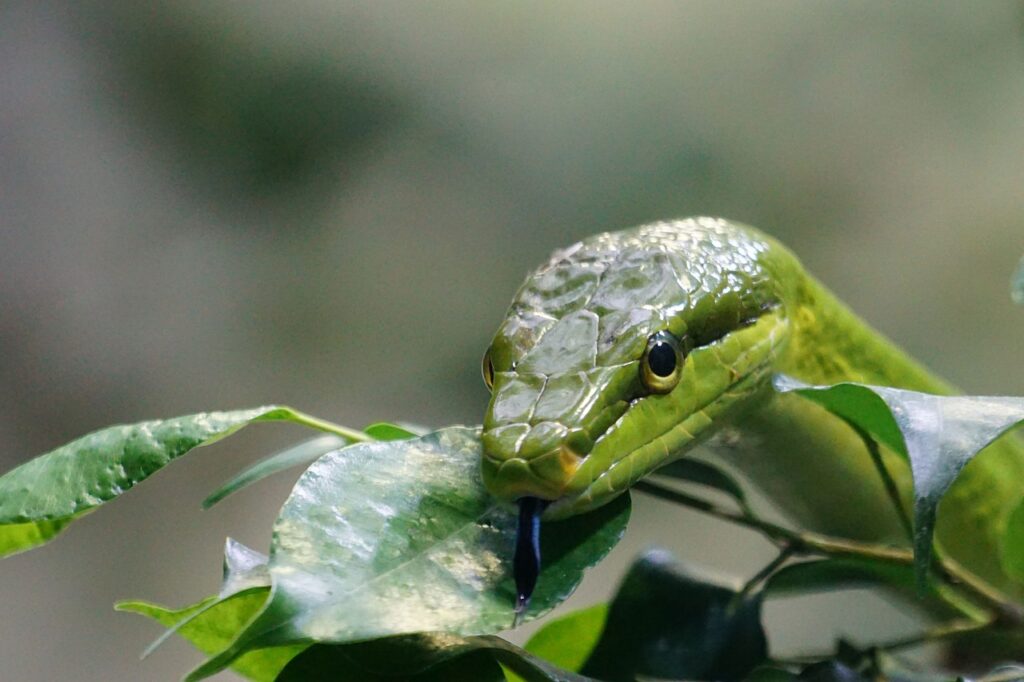
Beyond their obvious lack of venom, non-venomous snakes have evolved various anatomical adaptations that enhance their survival. The shovel-nosed snake possesses a reinforced rostral scale that functions as a built-in digging tool, allowing it to burrow rapidly through sand in search of prey or to escape predators. Flying snakes have modified their ribs and scales to create a concave surface on their undersides, enabling them to glide impressive distances between trees to escape threats or access new foraging areas. The keeled scales of many water snakes create turbulence-reducing properties that enhance swimming efficiency, allowing them to move through water with minimal energy expenditure. Some specialized egg-eaters have fewer vertebrae and ribs in their neck region, creating greater flexibility for swallowing eggs whole, demonstrating how anatomy can evolve to match specific dietary niches.
Sensory Adaptations
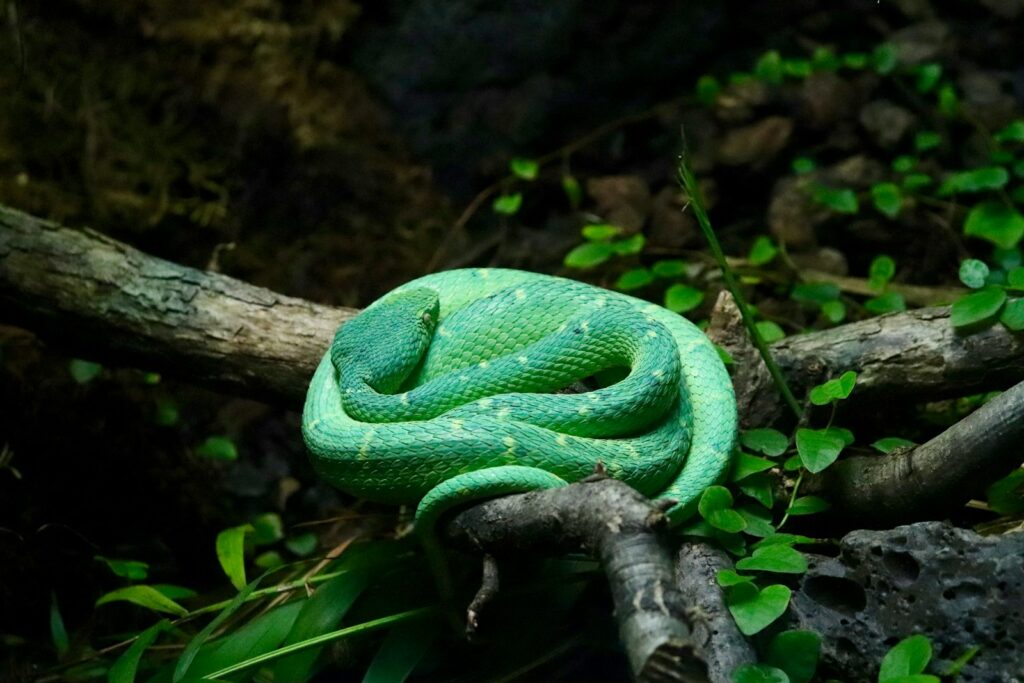
Non-venomous snakes rely on highly developed senses to navigate their environments without the fallback of venomous defence. Many species possess heat-sensitive labial pits that can detect minute temperature differences, allowing them to locate warm-blooded prey even in complete darkness. The Asian vine snake has horizontal, keyhole-shaped pupils that provide enhanced depth perception and peripheral vision, crucial for an arboreal ambush predator moving through three-dimensional space. Ground-dwelling species like hognose snakes have developed exceptional sensitivity to ground vibrations through their jawbones, which they press against the soil to detect approaching prey or predators. Most non-venomous snakes utilize their constantly flicking tongue to collect chemical particles from their environment and deliver them to the vomeronasal organ in the roof of their mouth, creating a chemical “map” of their surroundings that provides information about prey, predators, and potential mates.
Conclusion: Nature’s Masters of Adaptation
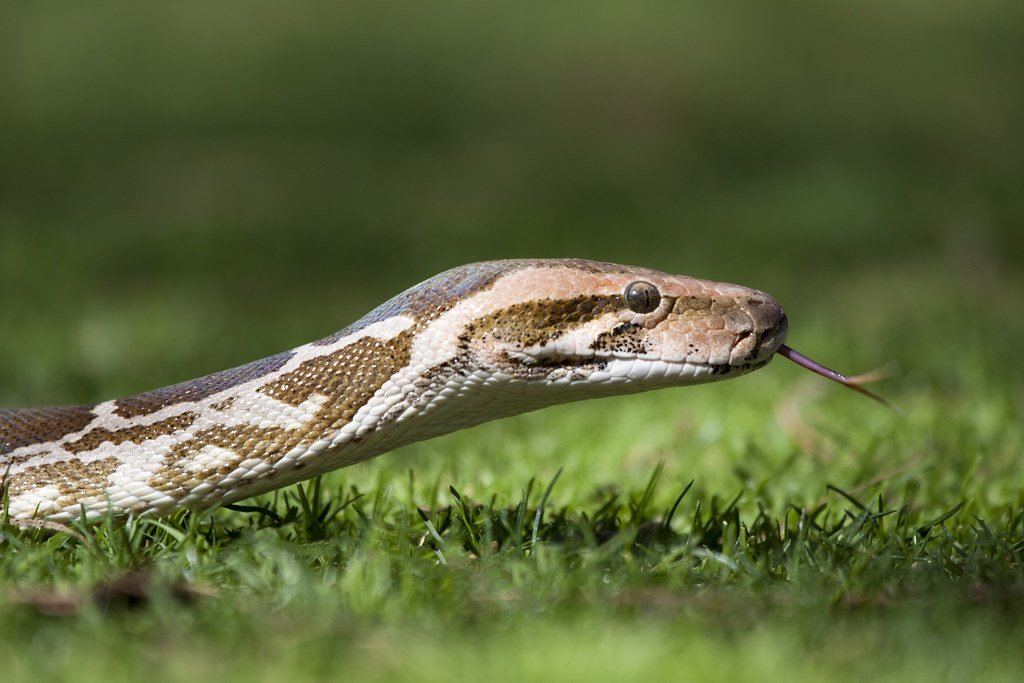
Non-venomous snakes represent some of nature’s most impressive examples of evolutionary problem-solving. Through millions of years of adaptation, these remarkable reptiles have developed diverse strategies that allow them to thrive despite lacking the venomous advantage of their more feared relatives. From the theatrical performances of the hognose snake to the powerful constriction of pythons, from the perfect camouflage of vine snakes to the mimicry of kingsnakes, non-venomous species demonstrate that there are many paths to survival in the natural world. These adaptations not only ensure their continued existence but also allow them to occupy ecological niches that would otherwise be unavailable to them. As we continue to study these fascinating creatures, we gain a greater appreciation for the incredible diversity of solutions that evolution can produce when faced with the universal challenges of survival and reproduction.

